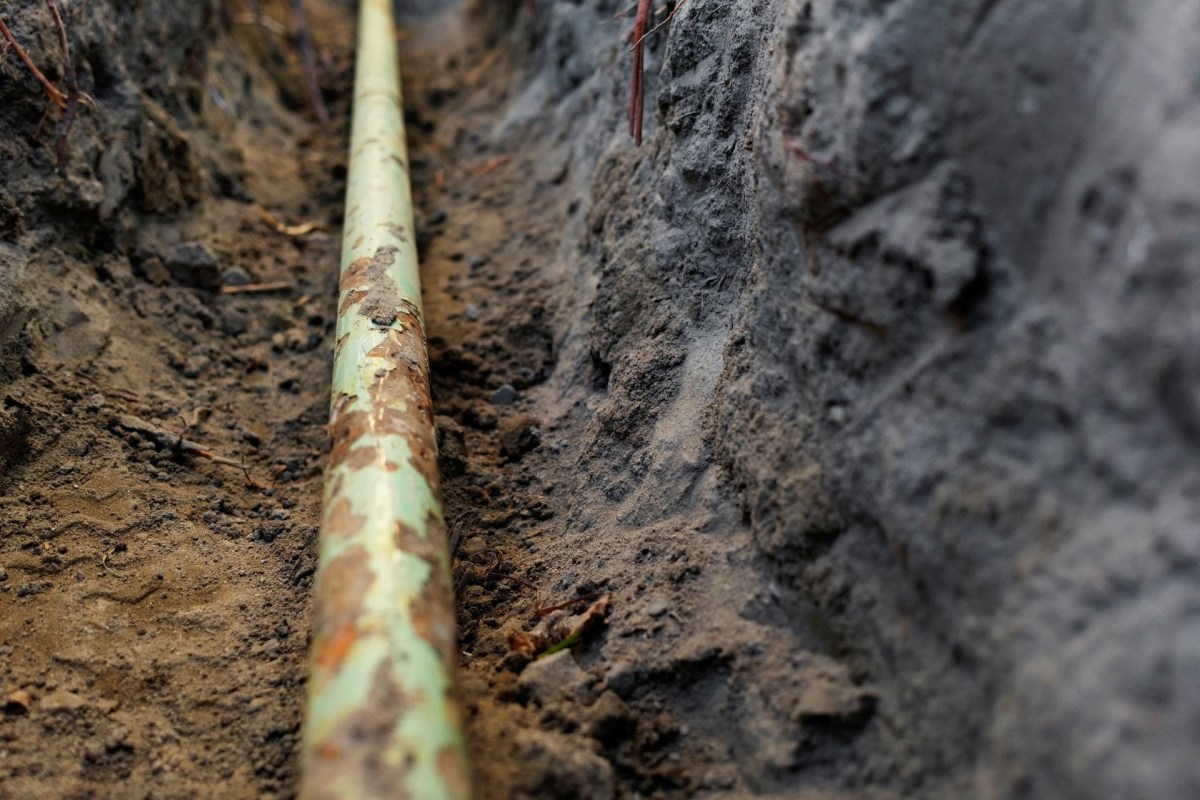In March, a parade of trucks was estimated to be carrying 48,000 tons of contaminated soil from the site of the Keystone Pipeline oil spill in Kansas to a landfill in Nebraska, KETV Omaha reported.
What happened?
The Keystone oil pipeline runs from western Canada through the central U.S., carrying millions of gallons of oil per day, The Guardian reported. It has been in operation since 2010 and has caused roughly 22 oil spills in that time.
A recent spill in Kansas was the biggest one recorded in the Keystone's history, dumping over half a million gallons of oil into a creek, killing local wildlife and destroying farmland topsoil so it can no longer grow crops.
Contaminated soil had to be removed from the area — at least 5,000 cubic yards of oil-contaminated soil during the initial cleanup, or enough to fill about 24,000 bathtubs, according to the Associated Press.
In March, an operation began to move the contaminated soil to Pheasant Point Landfill in Douglas County, Nebraska, a process overseen by a company called Waste Management. For every ton of soil stored there, the county receives $3.
Why does the spill matter?
According to Waste Management, the landfill is specifically designed to hold toxic waste like this, with layers of lining and collection systems to prevent it from contaminating nearby soil or water, KETV reported.
"This waste is not uncommon," Michael Hay of Waste Management said in a presentation to county commissioners, according to KETV.
The company's waste approval manager, Josh Buehre, added, "This is where regulatory agencies want this material placed to try to keep the environment safe."
However, hiding the spilled oil in a landfill doesn't fully resolve the problem. The topsoil — the fertile upper layer of soil that can support crops — has been removed from the site of the spill, meaning that the land will never be the same for the owners of the farmland, according to Jane Kleeb, founder and president of the Nebraska nonprofit Bold Alliance, speaking to The Guardian. The local water has also been contaminated.
The Guardian reported that the Keystone pipeline may have caused $111 million in property damages over its lifetime, but its owner, TC Energy, has paid only $300,000 in fines.
What is being done?
The cleanup efforts in Kansas are limiting the spread of spilled oil, while the affected section of pipeline has been shut down until it can be repaired.
Meanwhile, there are ongoing efforts to prevent future spills. In 2021, the Biden administration shut down plans to expand the Keystone pipeline.
Join our free newsletter for cool news and actionable info that makes it easy to help yourself while helping the planet.









